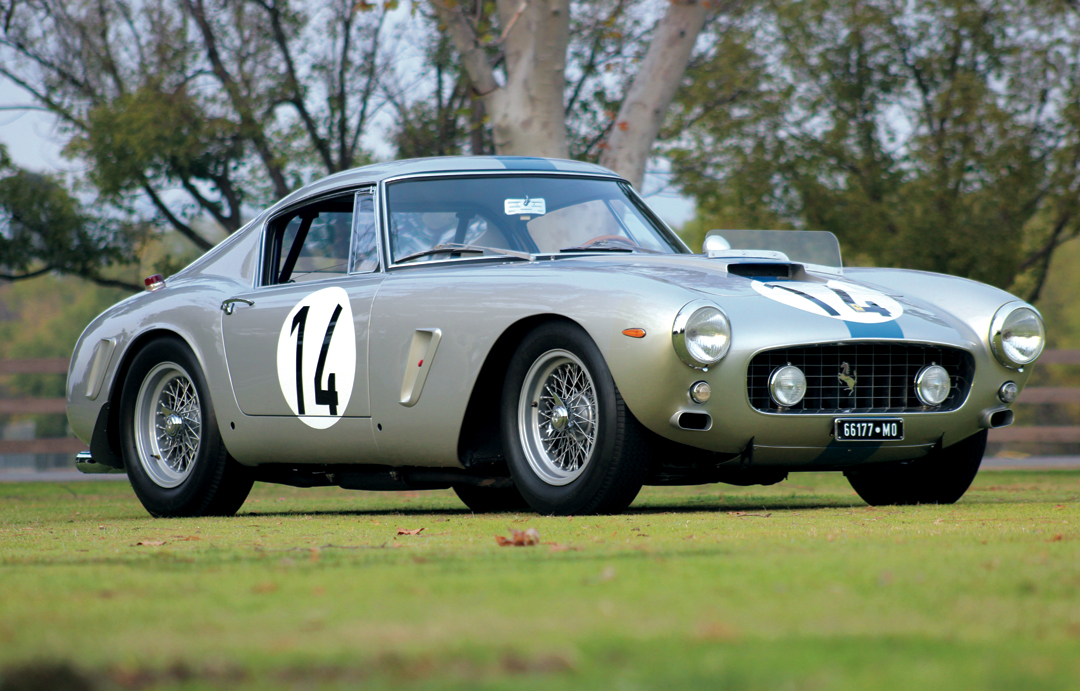1961 Ferrari 250GT SWB “Comp/61”
Inevitably, when the name Ferrari is brought up in conjunction with racing, the first thing that comes to the average enthusiast’s mind is Formula One. After all, Ferrari has amassed 16 Constructors Championships, since World War II, more than double that of the next most winning constructor, Williams. So it’s perhaps easy to understand that in all the attention on Ferrari’s F1 program, the team’s record at Le Mans might get overshadowed.
Yet, in endurance racing’s crown jewel, the 24 Hours of Le Mans, Ferrari ranks as the third most-winning constructor with nine overall post-war victories. Unlike its Grand Prix championships, however, Ferrari’s Le Mans record is intensively concentrated in just one 10-15 year period, with victory coming first in 1949, then ’54, ’55, ’58 and then every year from 1960–1965—a true period of dominance. And yet, even this achievement is eclipsed by a Ferrari record that is all but unrecognized by both casual enthusiasts and the cognoscenti alike—that of Ferrari’s unprecedented domination of Le Mans GT category racing throughout the 1960s.
No Subscription? You’re missing out
Get immediate ad-free access to all our premium content.
Get Started



